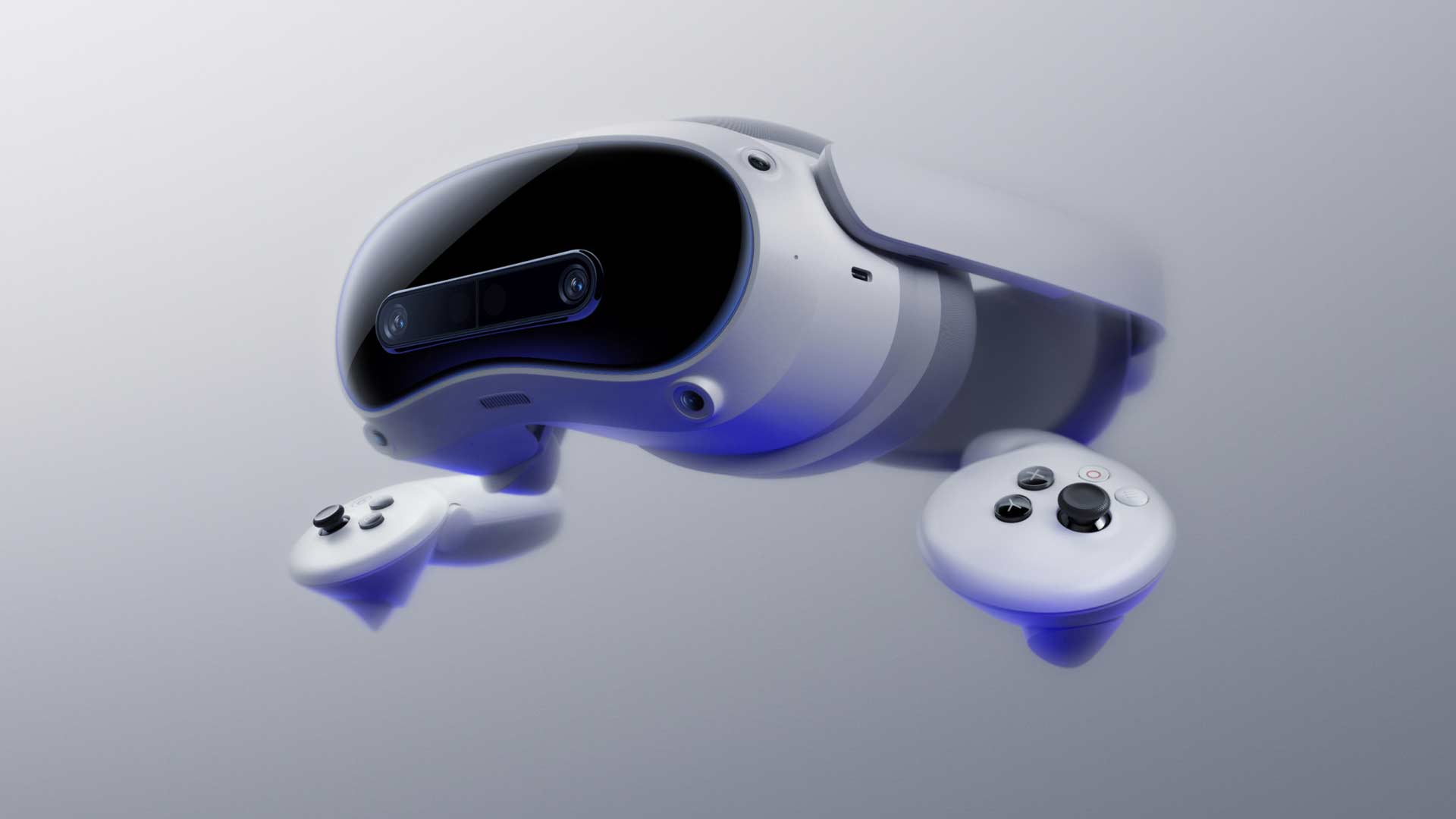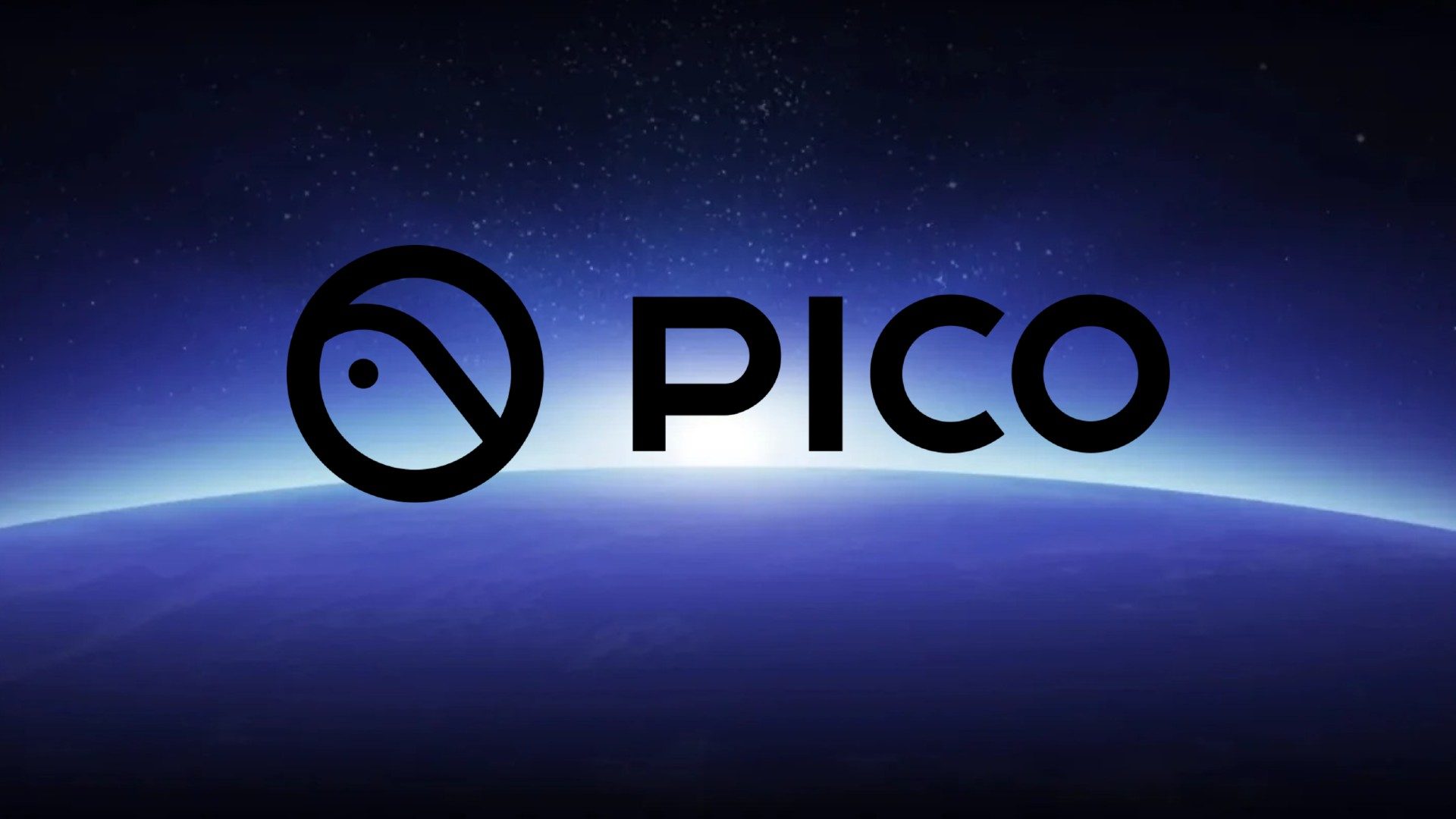Pico, the XR headset maker owned by TikTok parent ByteDance, is reportedly developing a mixed reality device aimed at rivaling Meta’s next-generation XR headset.
According to a report from The Information, Pico is currently working on a pair of mixed reality “goggles” codenamed ‘Swan’, which are said to be thin and lightweight—reportedly weighing around just 100 grams.
Citing three people with direct knowledge of the project, The Information reports that the device features a hybrid design that offloads processing to a tethered compute puck. This approach allows the glasses portion of the device to be significantly thinner and lighter than current-generation XR headsets like the Quest 3 or Pico 4 Ultra.

Swan is also said to rely primarily on eye and hand tracking for input, moving away from physical controllers. Furthermore, the report notes that Pico is developing “specialized chips for the device that will process data from its sensors to minimize the lag or latency between what a user sees in AR [sic] and their physical movements.”
Swan is said to be conceptually similar to Meta’s reportedly upcoming mixed reality device codenamed ‘Phoenix’, which also includes a compute puck and a glasses-like form factor. According to a recent Wall Street Journal report, Meta’s headset could launch in either 2026 (WSJ’s estimate) or 2027 (as cited by The Information) and may cost under $1,000.
The codename itself is still a matter of speculation: The Information refers to Meta’s headset as ‘Phoenix’, while the WSJ uses ‘Loma’, and online sources have also mentioned ‘Puffin’.
That said, there is currently no information on what Swan will cost or where it will ship. In the past, Pico’s consumer headsets have typically been priced slightly above Meta’s equivalents and have been available primarily in East and Southeast Asia and Europe—but not in North America.
,
